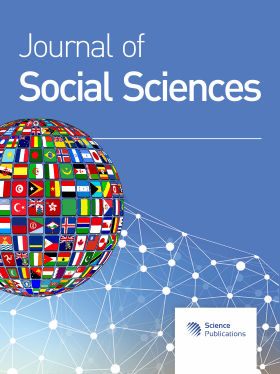What Factors Determine Family Spending on Education in India and Does it Vary Across Well-Being Measures?
- 1 Department of Business Studies, The PNG University of Technology, Lae, PNG on Deputation from National Institute of Educational Planning and Administration, New Delhi, India
Abstract
The present paper estimates the drivers of family spending on education across economic groups. The questions that are explored include: (i) Does family spending on education vary across economic groups and over time? (ii) The subsidiary question is to understand the gender bias in education spending across these groups. As a corollary to this, at which levels of education and to what extent is the gender bias in expenditure on education? These aspects are estimated using the hurdle model, using the NSSO survey data of the 52nd, 64th, and 71st rounds, relating to social consumption: Participation in education. Based on the expenditure elasticity, it is found that the middle class spends proportionately more than the bottom (justifiably) but also the top expenditure quintiles. The difference between the middle and top expenditure groups' elasticity is marginally advantageous to the middle expenditure groups and the gap is widening in the 71st round. This emerging middle class and their aspirations for education and hence upward mobility are noticeable. Years of schooling of the head of the household has a positive and significant probability of family spending on education over expenditure classes and across time. In the middle expenditure group, the average effect is more compared to the top expenditure category, like the one observed in per capita consumption expenditure. Yet another significant factor, skill type, depicts positive and significant probabilities of family spending on education over full and sub-samples. The caste dummy, that being SC/ST (socially deprived section of the population) statistically and significantly reduces the probability of spending on education across the board. Children who reside in rural areas (D_sector) are spent less on family expenditure on education compared to those who live in urban areas. There is clear statistically significant gender bias across expenditure groups. The female bias in the 10-14 age groups is quite substantial and has widened in 2014 compared to previous years. In the age class pertaining to secondary schooling 15-19, the female bias is apparent and widened over time.
DOI: https://doi.org/10.3844/jssp.2023.22.37

- 4,813 Views
- 3,023 Downloads
- 0 Citations
Download
Keywords
- Family Spending
- Spending on Education
- Income Groups
- NSSO
- Gender
